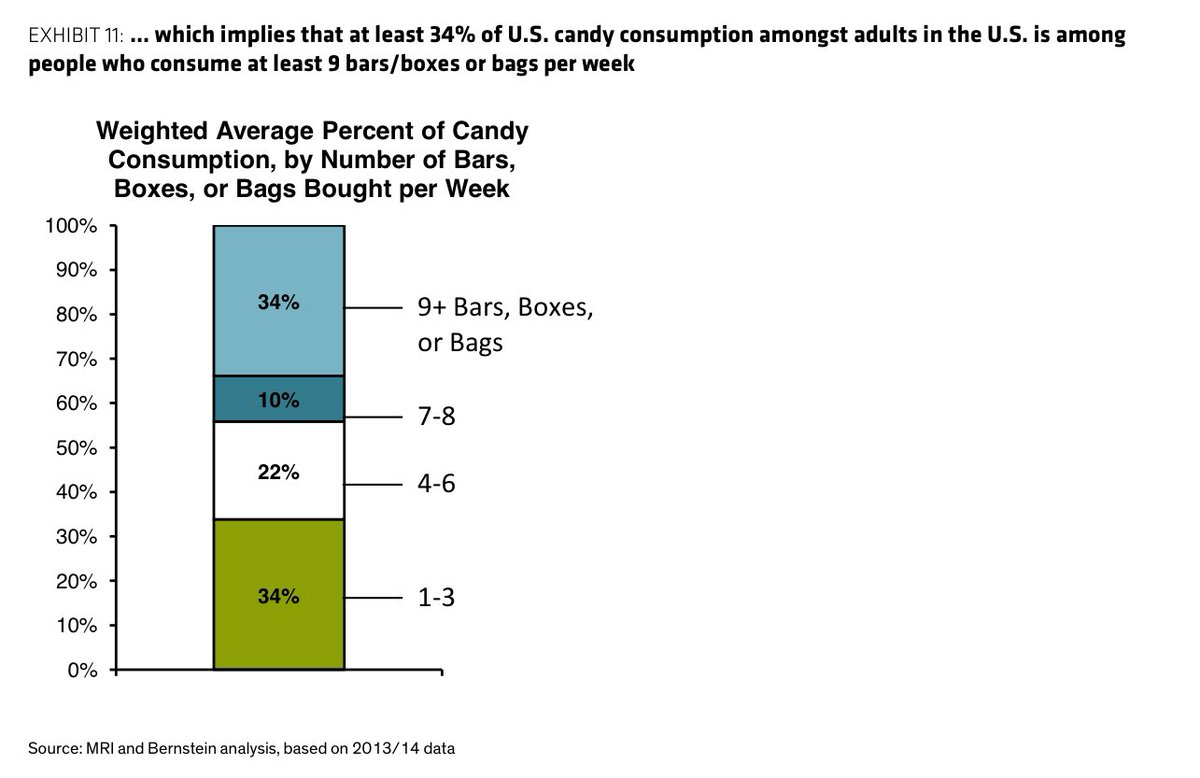1/ I don’t think people have realized how much this new Waymo scaling laws paper is basically an admission that “Waymo was wrong, Tesla was right”
Hopefully this becomes a call to action internally within Waymo
Hopefully this becomes a call to action internally within Waymo
https://twitter.com/waymo/status/1933543634583818390

2/ This paper shows autonomous driving follows the same scaling laws as the rest of ML - performance improves predictably on a log linear basis with data and compute
This is no surprise to anybody working on LLMs, but it’s VERY different from consensus at Waymo a few years ago
This is no surprise to anybody working on LLMs, but it’s VERY different from consensus at Waymo a few years ago
3/ Waymo built its tech stack during the pre-scaling paradigm. They train a tiny model on a tiny amount of simulated and real world driving data and then finetune it to handle as many bespoke edge cases as possible
This is basically where LLMs back in 2019
This is basically where LLMs back in 2019
4/ The bitter lesson in LLMs post 2019 was that finetuning tiny models on bespoke edge cases was a waste of time. GPT-3 proved if you just to train a 100x bigger model on 100x more data with 10,000x more compute, all the problems would more or less solve themselves!
5/ If the same thing is true in AV, this basically obviates the lead that Waymo has been building in the industry since the 2010s. All a competitor needs to do is buy 10x more GPUs and collect 10x more data, and you can leapfrog a decade of accumulated manual engineering effort
6/ In contrast to Waymo, it’s clear Tesla has now internalized the bitter lesson
They threw out their legacy AV software stack a few years ago, built a 10x larger training GPU cluster than Waymo, and have 1000x more cars on the road collecting training data today
They threw out their legacy AV software stack a few years ago, built a 10x larger training GPU cluster than Waymo, and have 1000x more cars on the road collecting training data today
7/ I’ve never been that impressed by Tesla FSD compared to Waymo. But if Waymo’s own paper is right, then we could be on the cusp of a “GPT-3 moment” in AV where the tables suddenly turn overnight
The best time for Waymo to act was 5 years ago. The next best time is today!
The best time for Waymo to act was 5 years ago. The next best time is today!
• • •
Missing some Tweet in this thread? You can try to
force a refresh
















